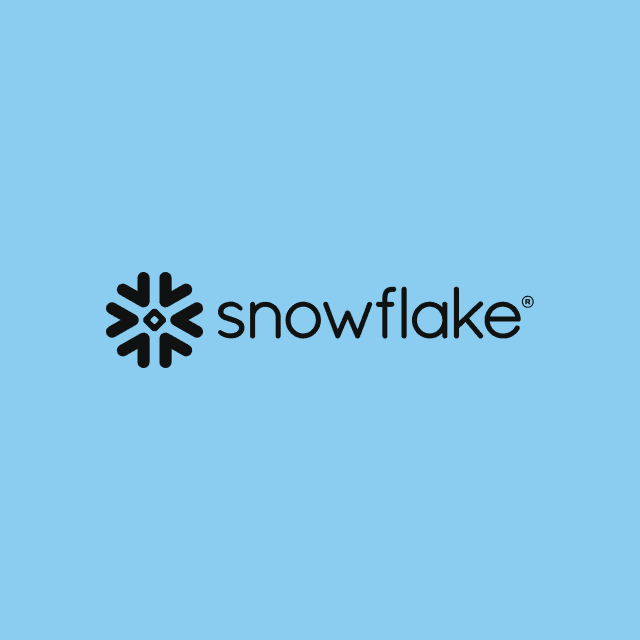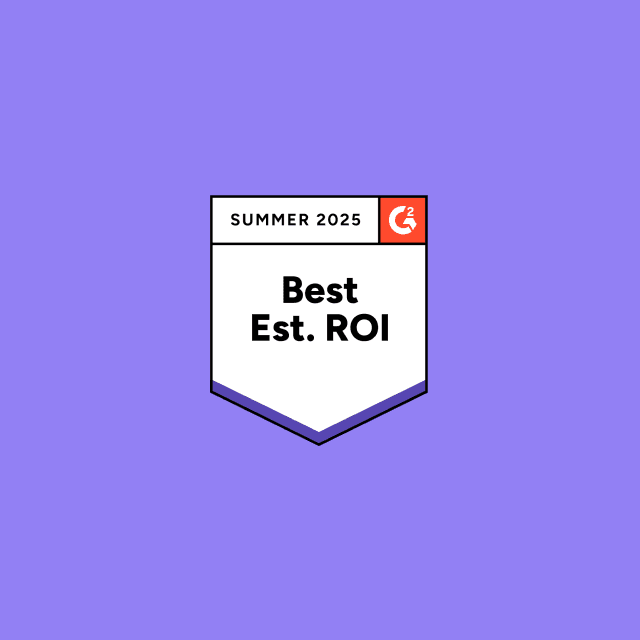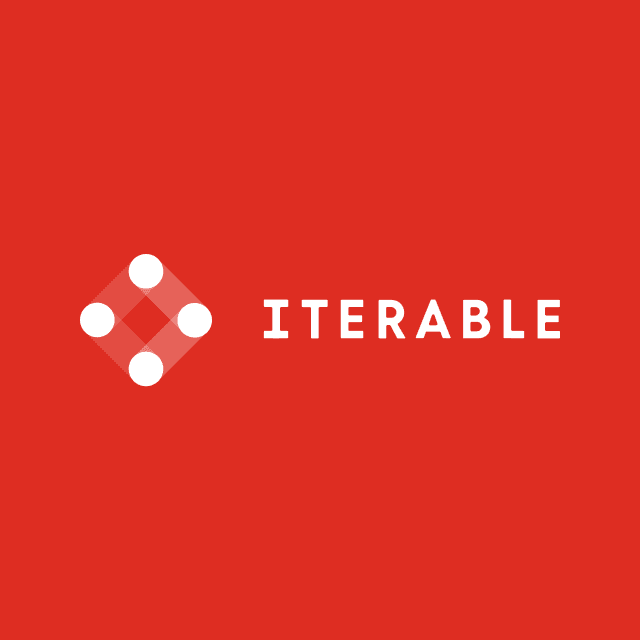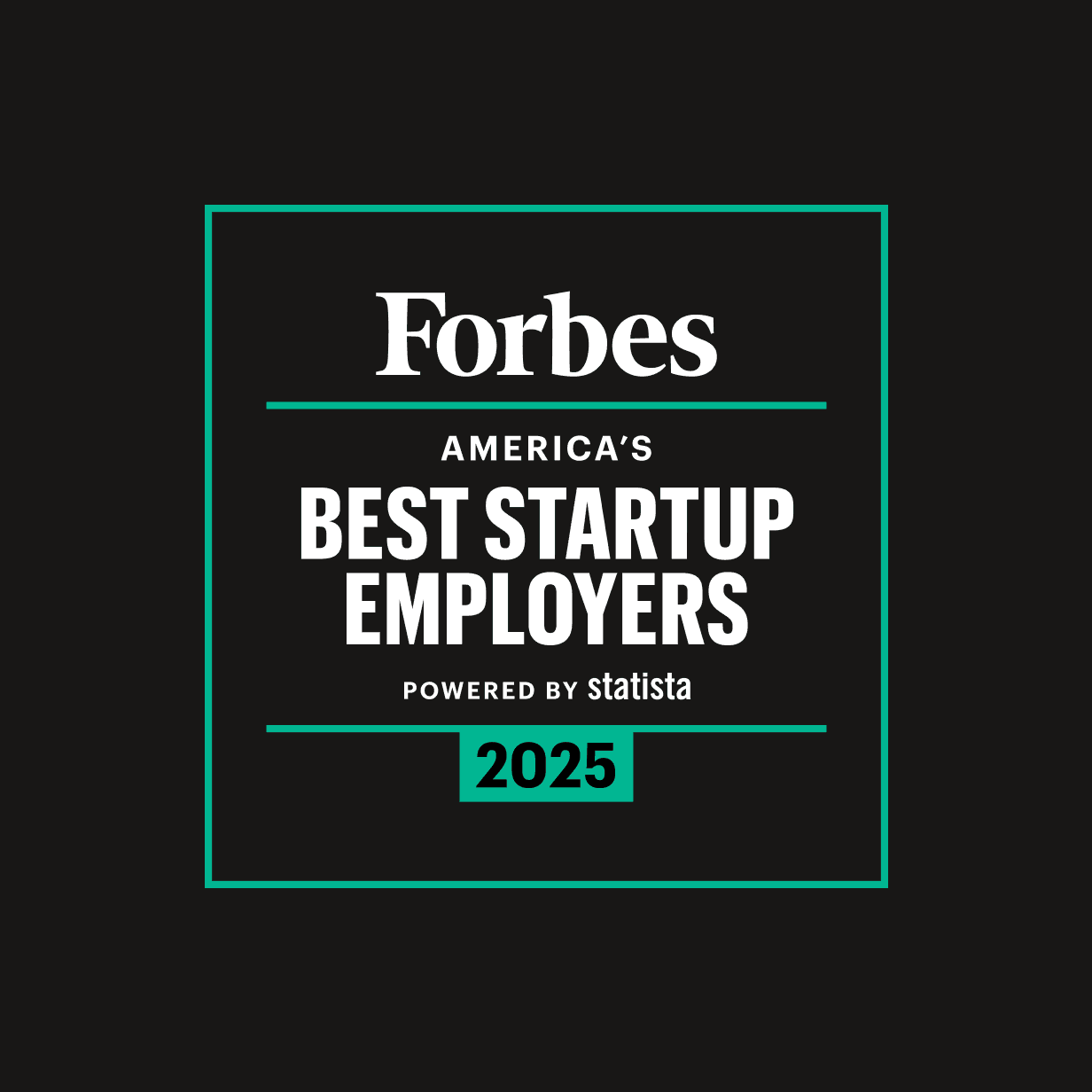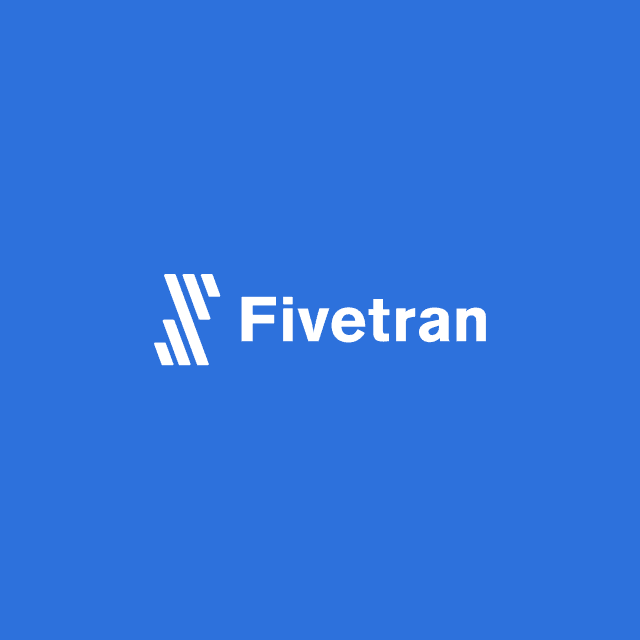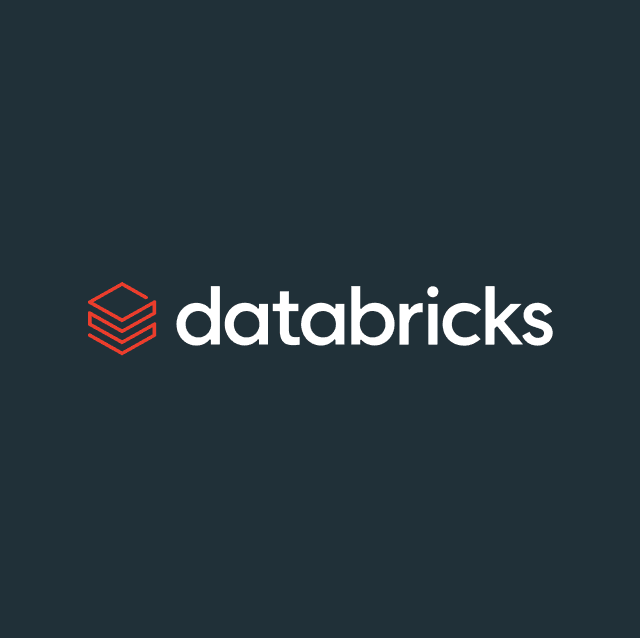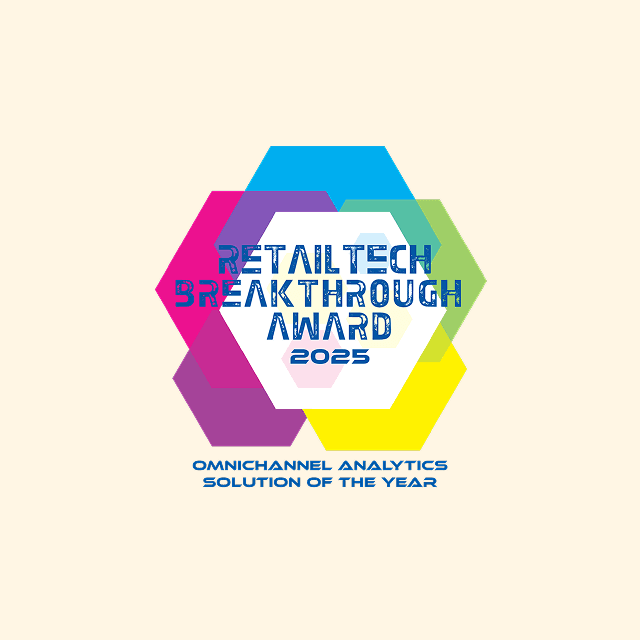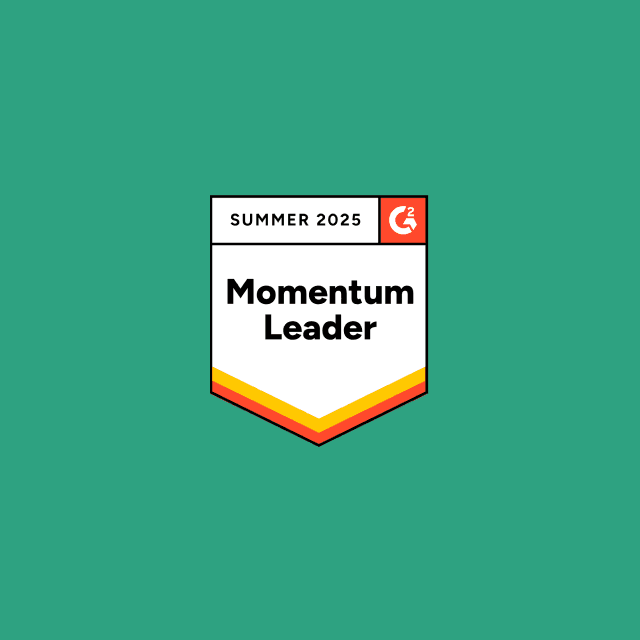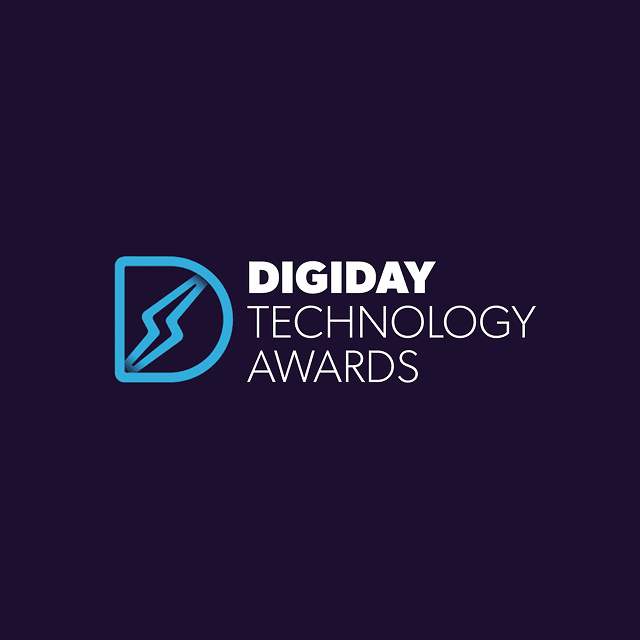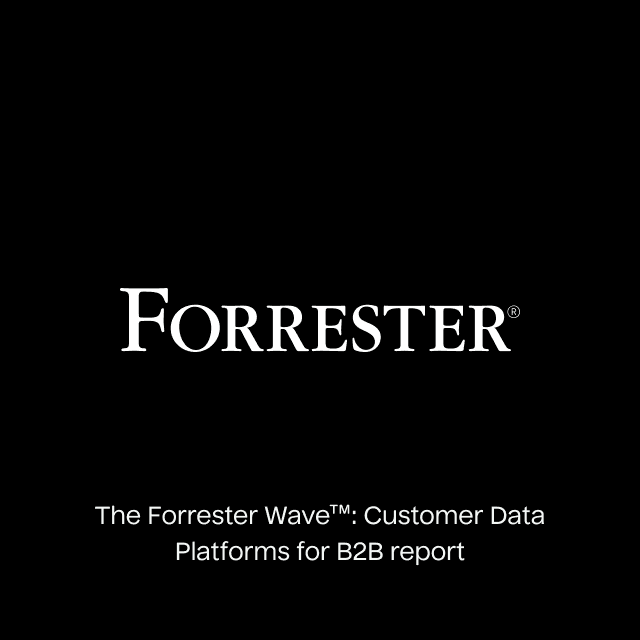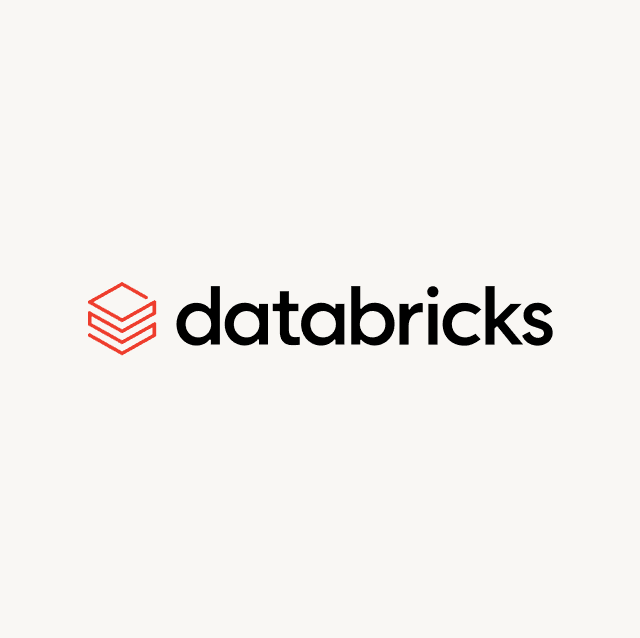Every company wants to create highly personalized marketing campaigns, but it can be challenging to orchestrate these campaigns across channels and tailor them to specific stages of the customer journey.
This article discusses how lifecycle marketing can drive awareness, engagement, conversion, and retention across channels with hyper-personalized messages.
What is Lifecycle Marketing?
Lifecycle marketing is a multi-touch approach to marketing focused on creating personalized customer experiences across marketing channels. The goal of lifecycle marketing is to keep your customers engaged throughout the buying process and after so they become champions for your brand.
Traditional marketing focuses on acquiring and converting leads into paying customers. Whereas a lifecycle marketing strategy takes a more holistic approach and keeps customers engaged throughout every stage in the customer journey by creating direct touch-points that feel unique to each user.
The 4 Stages of Lifecycle Marketing
There are four stages to lifecycle marketing and each is focused on a slightly different stage of the customer journey.
Awareness
The awareness stage is where a customer first comes in contact with your business. The most common awareness channels tend to be social media and content marketing (blog posts, whitepapers, videos, etc.) The entire purpose of the awareness stage is to capture your customer’s attention by addressing their key problems and showcasing how you uniquely solve them.
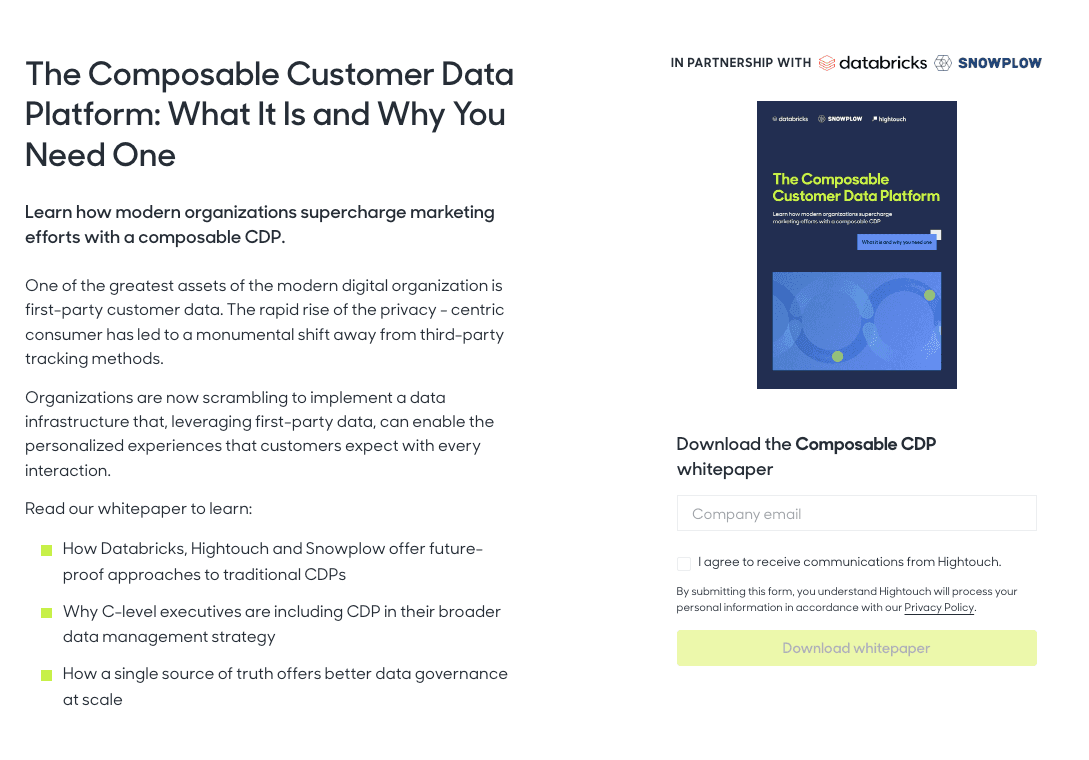
Engagement
Engagement happens once a potential customer interacts with your company in some capacity. The engagement stage focuses on capturing some data, usually in the form of an account ID or an email address. The engagement stage happens when a customer books a demo, downloads a whitepaper, attends a webinar, or signs up for a free trial.
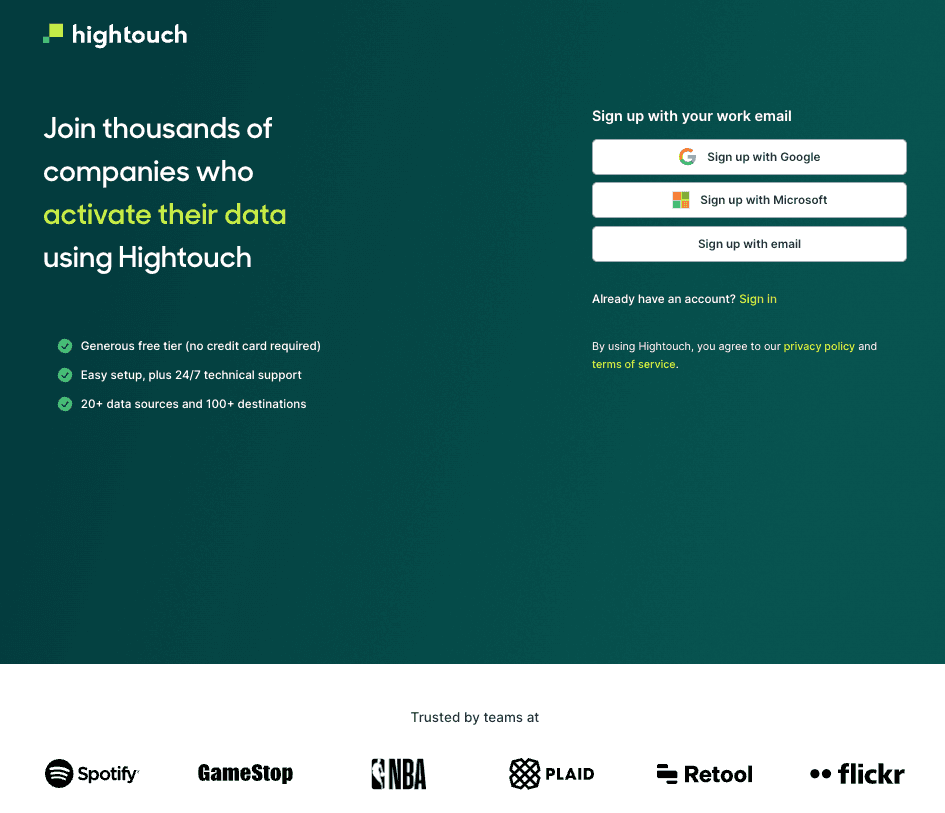
Conversion
Conversion happens when a customer actually purchases your product or service. For a B2B software company, a form of conversion occurs when a customer upgrades from a freemium version to a paid offering. For a B2C company, a conversion happens only once a user has completed their order.
Retention and Upsell
It’s much easier to retain an existing customer than acquire a new one because existing customers are already familiar with your brand/product, meaning they’re more likely to purchase again.
The retention and upsell stage of lifecycle marketing focuses on creating loyal customers, keeping them happy and engaged after they’ve made a purchase so you can increase their lifetime value (LTV). Often this means:
- Providing excellent customer service
- Implementing loyalty programs to reward high-value customers
- Notifying customers when new features/products are available
- Sharing valuable resources

Lifecycle Marketing Channels
While there are many different stages to lifecycle marketing, success depends on your ability to deliver highly relevant and personalized experiences to your customer base across channels. There are only four lifecycle marketing channels that your marketing team can use: in-app, email, SMS, and push notifications.
Driving Personalization at Scale
Read our whitepaper to learn how you can hyper-personalize your customer experiences on top of your data warehouse.


In-App Personalization
In-app personalization involves sharing messages with customers that are relevant and timely.
These appear in your product itself and create a unique experience for each user based on their preferences and behaviors.
You can use these in-app messages to share new feature updates with your users, discount products for customers that have shown interest, or even surface content based on user preferences.
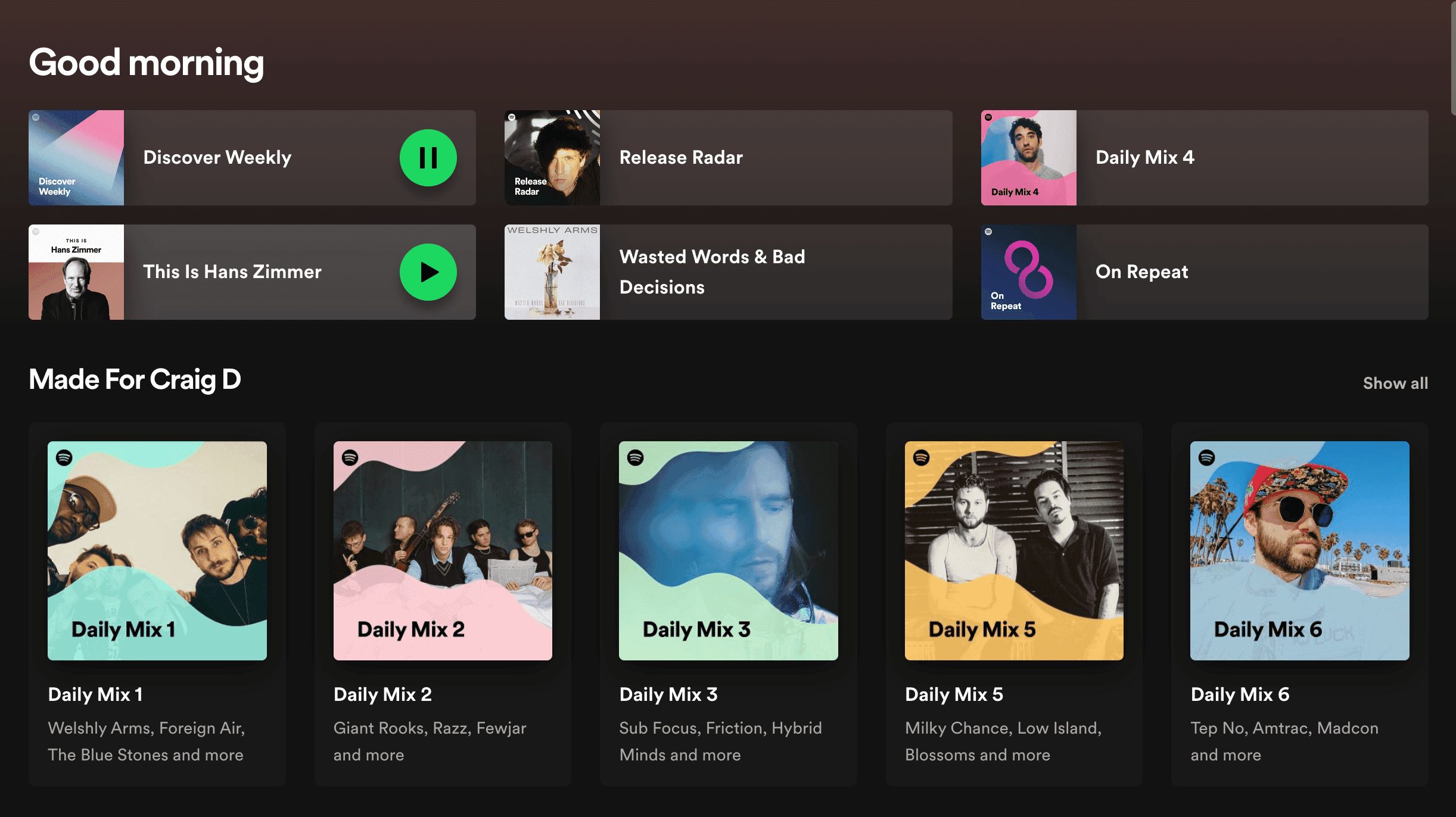
Paid Ads
Paid ads are a great way to get in front of your customers on the platforms they use daily (such as Google or Facebook). With paid ads, you can retarget users who’ve viewed your pricing page or offer a discount to a specific region or subset of users based on attributes you’ve defined.
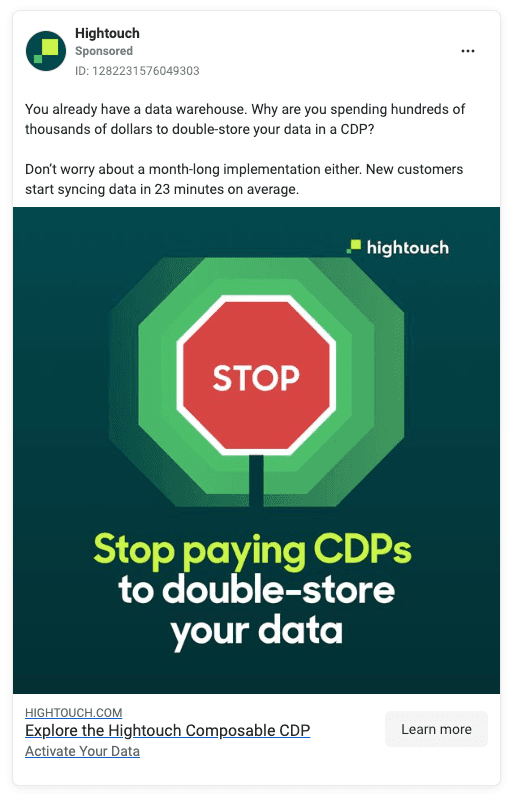
Email is the easiest channel to reach your customers because it’s an “owned” channel you control entirely. Because email is a direct communication with your customer, marketing campaigns launched over this medium tend to have higher engagement rates. Email is great because you can share new features with users, deliver special offers, or notify customers of important information.
SMS
Short message service (SMS) is another great channel for lifecycle marketing because it allows you to send text messages directly to your customers, making them extremely hard to ignore. Many companies use this channel to deliver shipping/tracking details. But these messages can also be great for sending highly personalized messages to a specific cohort of users based on their behavior/interests.
Push Notifications
Push notifications are in-app notifications that display on the home screen of your mobile device. In order to receive these notifications, users have to opt-in, so it’s important to show the value you will be providing when someone is signing up for your app. Companies like Uber and Lyft use push notifications all the time to notify users when their ride is ready or when their food has been delivered.
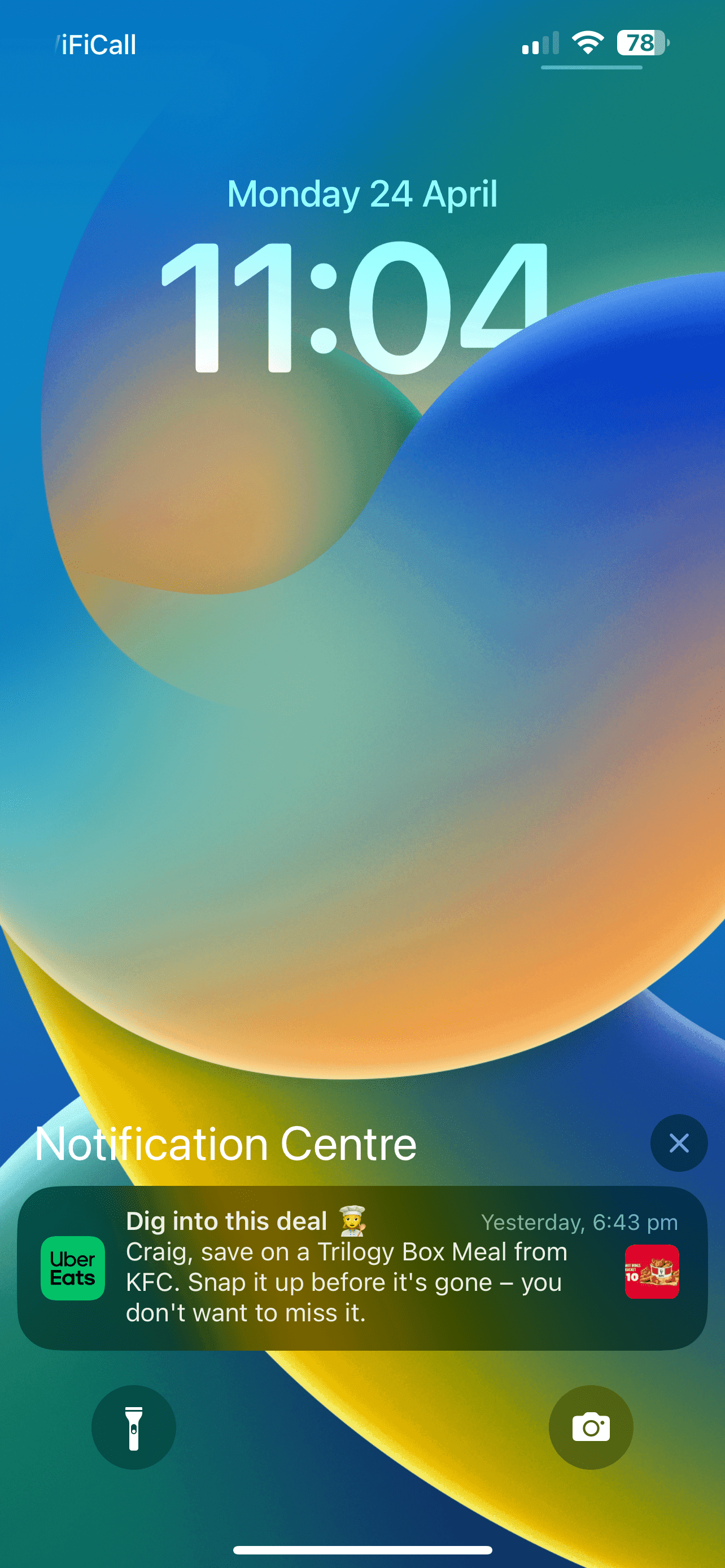
Lifecycle Marketing Campaigns
Ultimately, you can launch a nearly limitless number of lifecycle campaigns, but most campaigns fall into one of three categories.
Nurture Campaigns
Nurture campaigns use a variety of channels and personalized marketing messages to engage with potential and existing customers. The entire purpose of a nurture campaign is to encourage a user to take a specific action, whether purchasing a product, signing up for a free trial, scheduling a demo, using a new feature, etc.
You structure nurture campaigns with a series of time-based and automated messages sent out at predetermined intervals to specific target audiences that you define. The advantage of a nurture campaign is that you can dynamically adapt your messaging and channels to the behavioral actions of your customers.
Onboarding
The onboarding campaigns focus on educating your customers and accelerating how quickly they can get value out of your product/service. One example of this could be personalizing the onboarding flow in your product by delivering a welcome email, a getting started guide, or offering personalized support.
Another example could be presenting an in-app survey that asks a series of questions related to the industry, account size, job title, number of users, etc. to tailor the onboarding flow to each prospective customer.
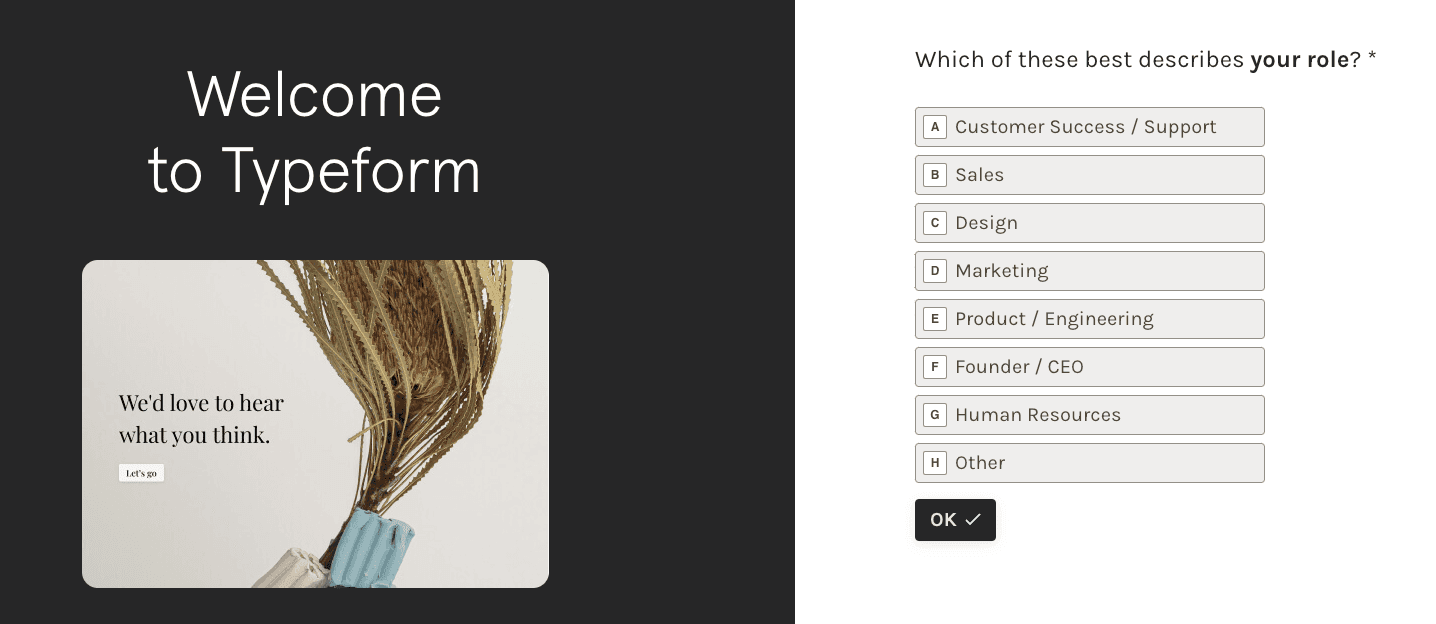
Re-engagement
Re-engagement is one of the biggest opportunities for lifecycle marketing because it’s much easier to retain existing customers than to acquire new ones.
Streaming platforms like Disney and Netflix have some of the most mature re-engagement campaigns in existence. These companies dynamically retarget unsubscribed users with relevant content based on viewing habits and special subscription offers to encourage users to re-subscribe.
Another huge use case for re-engagement is ad retargeting. Retargeting a list of inactive customers on Facebook or Google can yield massive results because these customers are often already familiar with your brand.
Benefits of Lifecycle Marketing
Implementing a lifecycle marketing framework greatly increases your personalization, which inevitably translates into several benefits, including:
- Lower Churn: Building personalized experiences unique to each customer lowers the likelihood of customer churn. Lifecycle marketing lets you stay proactively engaged with your customers during and after buying.
- Higher Conversion Rates: Targeting your customers with contextually timely messages tailored specifically to their needs increases the likelihood that they will convert to paying customers.
- Increased Loyalty: Providing customers with a positive and engaging experience before and after buying builds customer loyalty and positive word-of-mouth sentiment.
- More Revenue: Personalized marketing campaigns always translate into higher revenue because customers are more willing to spend money when they perceive that you’re uniquely qualified to solve their challenges.
- Cost Optimization: Building highly targeted lifecycle marketing campaigns across channels enables you to optimize your return on ad spend (ROAS) and lower your customer acquisition costs (CAC) because you can dynamically target your messages toward specific audience cohorts you’ve defined.
Lifecycle Marketing Metrics
To measure the effectiveness of your lifecycle marketing campaigns, you need to have a clear set of metrics you analyze and monitor. Here is a list of some of the most important lifecycle marketing metrics.
- LTV, ARR, MRR: Lifetime Value (LTV) is the total revenue expected from a customer during their lifetime as a customer with you. Annual Recurring Revenue (ARR) and Monthly Recurring Revenue (MRR) show the amount of revenue generated monthly and yearly. All three metrics can measure the impact lifecycle marketing is having on increasing revenue.
- CAC: Customer acquisition cost (CAC) is the estimated total cost of how much it takes to acquire a new customer. Measuring CAC as part of your lifecycle marketing means you can measure the performance of the different lifecycle marketing channels and can decide if you need to stop any due to poor performance or find ways to improve them.
- Retention Rate: The retention rate is the percentage of customers that continue to pay for your product or service over a given period of time. This metric will help you to see the efforts of the retention stage of lifecycle marketing and if any changes in strategy are needed.
- Conversion Rate: The conversion rate is the percentage of customers that have successfully taken the action you desire. It’s important to monitor as it will allow you to see how well the conversion stage of the lifecycle is performing.
- Churn rate: The churn rate is the percentage of customers that stop using your product. It’s another good metric to help measure the success of the retention stage. If your churn rate is high, your retention efforts may not be good enough.
Driving Personalization at Scale
Read our whitepaper to learn:
- How PetSmart delivers personalized messages
- How IntelyCare increased controlled experiments by 700%
- How Warner Music Group manages fans, artists, and labels


Lifecycle Marketing Tools
Regarding lifecycle marketing tools and managing omnichannel experiences in a single platform, knowing which tool to use can be difficult. Here’s a list of some of the most popular lifecycle marketing tools:
- Braze: Braze is a customer engagement platform that lets you deliver personalized messaging to customers across various channels in real-time. Braze offers audience segmentation, A/B testing, predictive analytics, and in-app messaging features. All of which can help you deliver your messaging regardless of the lifecycle marketing stage the customer is at.
- Iterable: Iterable is a powerful cross-channel automation platform that can help you run personalized marketing campaigns across many channels. It allows you to store vast amounts of customer characteristics to narrow down how your segment your customers.
- MoEngage: MoEngage utilizes AI-driven insights to drive action across multiple channel experiences by showing personalized messages regardless of a customer’s stage in the marketing lifecycle. MoEngage offers customer analytics, predictive segmentation, omnichannel communication, and AI-powered campaign optimization.
Getting Started with Lifecycle Marketing
For many companies, the biggest blocker to implementing lifecycle marketing is accessing the data needed to personalize campaigns. All of the data you need to build personalized omnichannel experiences are locked in your data warehouse–and getting this data to your lifecycle marketing tools can be challenging.
Before implementing lifecycle marketing, you must enrich your marketing channels with relevant customer data to power your campaigns. Thankfully, Data Activation platforms like Hightouch allow you to sync data from your warehouse to over 200 destinations (including lifecycle marketing platforms like Braze and Iterable). And with Customer Studio, you can visually define audience cohorts without any technical knowledge. You can get started by booking a demo today or creating a new workspace.




